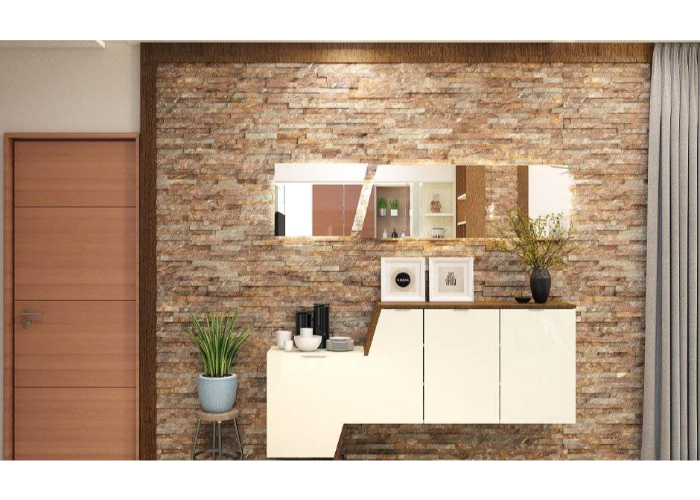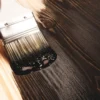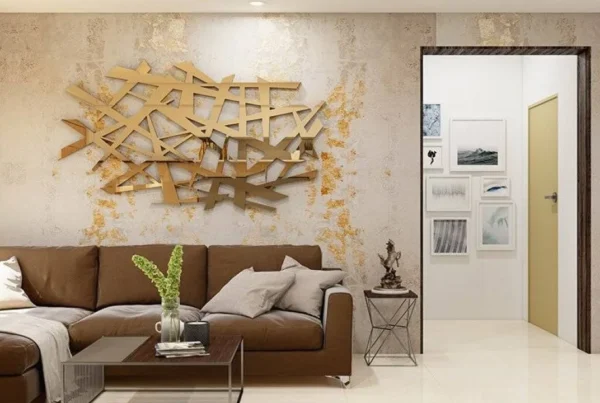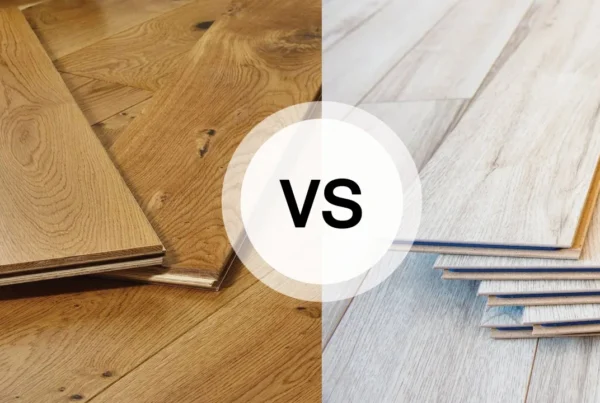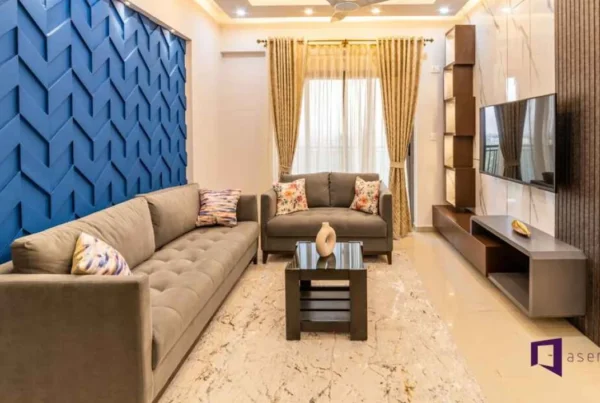Table of Contents
- Introduction to Wall Cladding Maintenance
- Key Steps to Clean and Maintain Different Types of Cladding
- Cleaning Natural Stone Cladding
- Maintaining Timber Cladding
- Caring for Metal Cladding
- Maintaining Vinyl Cladding
- Cleaning Brick Cladding
- General Tips for Extending the Life of Cladded Walls
- How Goel World Can Help with Quality Cladding Solutions and Maintenance Advice
- Conclusion
- FAQs about Cleaning and Maintaining Cladded Walls
1. Introduction to Wall Cladding Maintenance
Wall cladding adds both aesthetic appeal and functional protection to your home’s exterior, but like all exterior materials, it requires regular maintenance to ensure longevity. Proper cleaning and upkeep are essential to prevent damage from weather, dirt, and environmental factors. Each type of cladding—whether it’s natural stone, timber, metal, vinyl, or brick—has specific cleaning and maintenance needs. In this article, we will outline the best practices for maintaining cladded walls and keeping them in top condition for years to come. Goel World offers premium cladding solutions and expert advice to help you extend the life of your home’s exterior.
2. Key Steps to Clean and Maintain Different Types of Cladding
Cleaning Natural Stone Cladding
Natural stone cladding, like granite or slate, is durable but still requires regular care to maintain its appearance. Dirt, moss, and algae can accumulate over time, especially in humid climates.
- Cleaning Steps:
- Use a soft-bristle brush or a low-pressure hose to remove dirt and debris.
- For tougher stains, use a mild detergent mixed with water and scrub gently.
- Avoid using acidic cleaners, as they can damage the stone.
- Rinse thoroughly to ensure no soap residue remains.
- Apply a stone sealer every few years to protect against moisture and staining.
Maintaining Timber Cladding
Timber cladding adds a warm, natural look to your home but can be susceptible to moisture, rot, and UV damage if not properly maintained.
- Maintenance Tips:
- Clean timber cladding with a soft brush or cloth and a mild soap solution to remove dirt and grime.
- Inspect for signs of mold, mildew, or rot, and address any damaged areas promptly.
- Reapply a protective sealant or stain every 2-5 years to maintain moisture resistance and color.
- Ensure proper ventilation around timber cladding to prevent moisture buildup.
Caring for Metal Cladding
Metal cladding, such as aluminum or steel, is highly durable and low maintenance but can accumulate dust and pollutants over time.
- Cleaning Steps:
- Use a hose or soft sponge to wash the surface with water.
- For stubborn grime, use a mild detergent diluted in water and scrub with a non-abrasive cloth.
- Rinse thoroughly to prevent soap residue.
- Inspect for rust or corrosion, especially around fasteners, and treat promptly with anti-corrosion products.
Maintaining Vinyl Cladding
Vinyl cladding is a popular low-maintenance option, but regular cleaning is necessary to prevent mold, mildew, and discoloration.
- Cleaning Steps:
- Use a garden hose to spray off dirt and debris.
- For more thorough cleaning, mix water with a mild soap or vinegar solution and scrub the surface with a soft brush.
- Rinse off any cleaning solution with water to avoid streaking or residue.
- Avoid using abrasive cleaners or tools that may scratch the vinyl surface.
Cleaning Brick Cladding
Brick cladding is long-lasting and weather-resistant, but it can attract moss and algae in damp areas, especially on north-facing walls.
- Cleaning Steps:
- Use a stiff-bristle brush or low-pressure washer to remove dirt and moss.
- For tougher stains, create a mixture of water and a gentle cleaning solution like dish soap or specialized brick cleaner.
- Avoid using harsh chemicals that can weaken the mortar.
- Repoint mortar joints as needed to keep the bricks sealed and prevent water infiltration.
3. General Tips for Extending the Life of Cladded Walls
- Regular Inspections: Regularly inspect your cladding for cracks, loose panels, or signs of wear and tear. Early detection of issues can prevent more extensive damage in the future.
- Prevent Moisture Buildup: Ensure that your home’s exterior has proper drainage and ventilation to avoid moisture buildup, which can lead to mold, mildew, or rot, especially in timber and brick cladding.
- Protect from UV Damage: For materials like timber, UV protection is key. Applying a UV-resistant coating or stain can help maintain the color and prevent fading.
- Repair Damages Promptly: Any signs of damage, such as cracks in brick or loose metal panels, should be repaired immediately to avoid further deterioration.
- Professional Maintenance: Periodically consult with professionals to assess the condition of your cladding and provide specialized cleaning or repairs.
4. How Goel World Can Help with Quality Cladding Solutions and Maintenance Advice
At Goel World, we provide a wide range of high-quality cladding materials, including natural stone, timber, metal, and vinyl. Our experts understand the unique maintenance needs of each material and can offer practical advice on how to keep your cladding in excellent condition for years. With over 25 years of experience, Goel World is a trusted name in the construction materials industry in Lucknow, offering durable, stylish, and long-lasting cladding options for every home.
5. Conclusion
Proper care and maintenance of cladded walls are essential to ensure their longevity and appearance. Each cladding material—whether natural stone, timber, metal, or vinyl—has specific maintenance requirements that, when followed, can prevent damage and extend the life of your home’s exterior. By regularly cleaning and inspecting your cladding and addressing any issues promptly, you can maintain the beauty and functionality of your walls for years. Goel World provides high-quality cladding solutions and expert advice to help you protect your home’s exterior.
6. FAQs about Cleaning and Maintaining Cladded Walls
Q1: How often should I clean my cladded walls?
Cleaning frequency depends on the material and environment, but generally, cladding should be cleaned at least once or twice a year to remove dirt and debris.
Q2: Can I use a pressure washer on all types of cladding?
A low-pressure washer can be used on most cladding types, but it’s important to be cautious with softer materials like timber or vinyl, which may be damaged by high pressure.
Q3: What’s the best way to prevent mold on cladded walls?
Ensure proper ventilation and drainage around your home’s exterior and clean regularly to remove moisture buildup, which can cause mold growth.
Q4: How do I know if my cladding needs to be resealed?
If you notice signs of moisture infiltration, fading, or cracking, it may be time to reseal materials like timber or natural stone to protect against further damage.
Q5: Where can I find high-quality wall cladding in Lucknow?
Goel World offers a wide range of premium wall cladding materials, including stone, timber, metal, and vinyl, to suit your home’s exterior needs.
